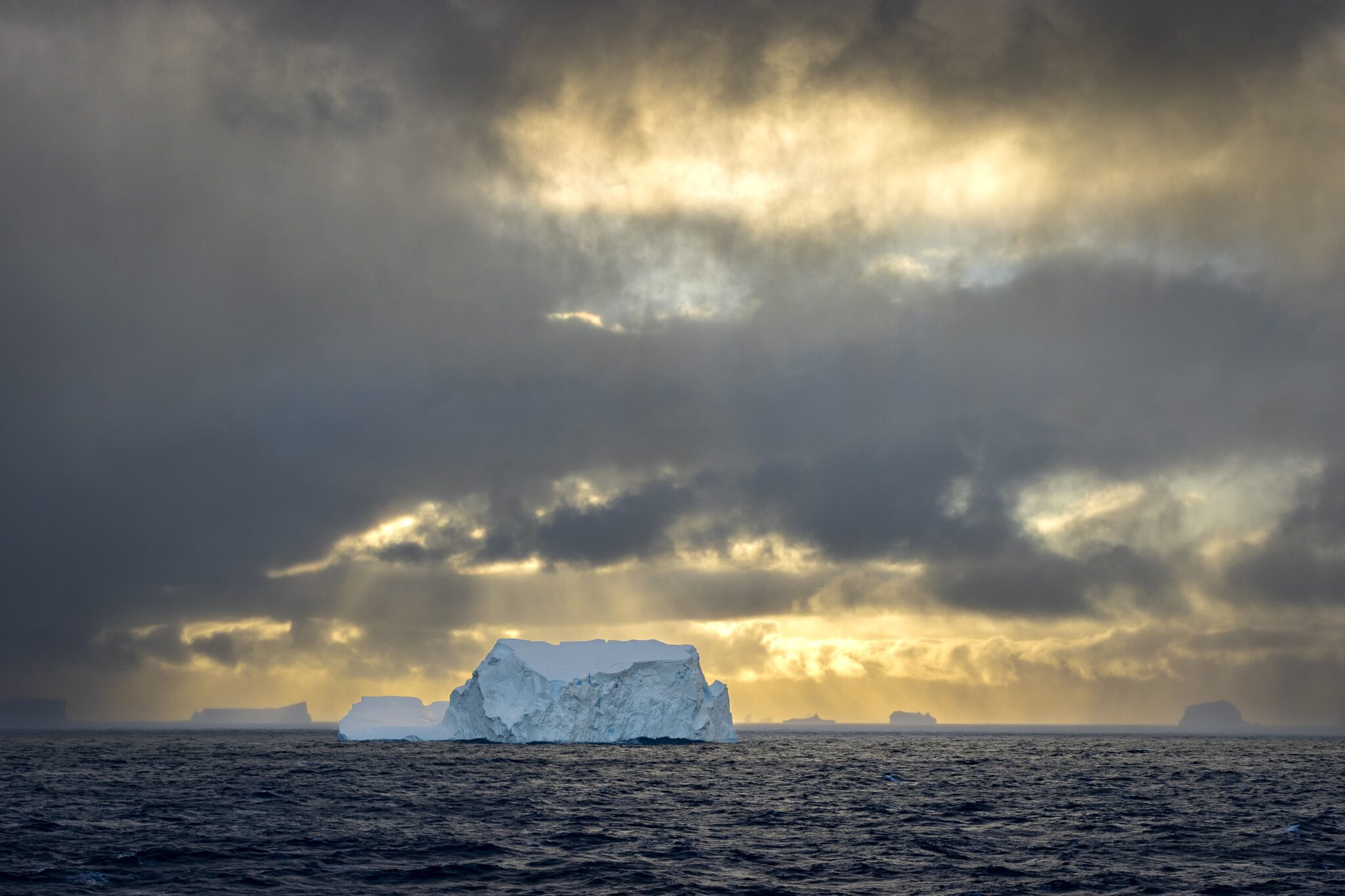Home > Destinations > Antarctica > Antarctica’s Seasons

The temperature has started to rise but there is still some pack and fast ice, giving the feel of “deep Antarctica”. The pristine conditions are also perfect for wildlife photography, as penguins court, nest-build and breed; fur and elephant seals give birth; minke and orca whales arrive and hunt.
The height of summer provides maximum opportunities for shore excursions with daylight stretching out to nearly 24 hours. King penguins and their fluffy brown chicks crowd the colonies in South Georgia, while other penguin species are ever vigilant for nearby feeding leopard seals. Elephant seals suckle their pups (weaners) while the Weddell seals moult ashore. While you’re on deck, keep an eye out for arriving humpback whales and their bubble-net feeding technique.
Summer youngsters continue to grow and learn; penguin chicks fledge and run the leopard seal gauntlet while cormorant chicks learn to fly. South Georgia is alive with thousands of fur seal pups and albatross chicks hatch. Whilst the days begin to get shorter and colder, this brings with brilliant sunsets and the return of floating sea ice.
